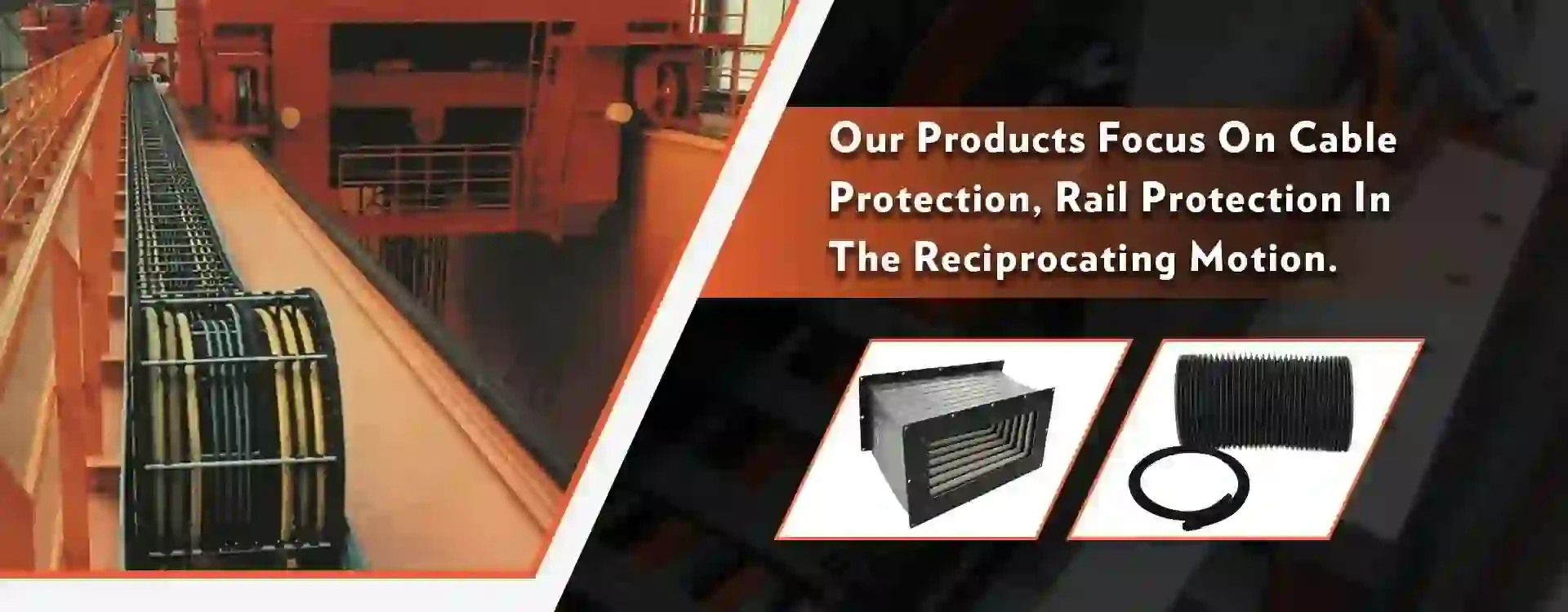Electrical Cable Management Systems for Efficient Wiring and Organization
Understanding Electrical Cable Tracks Essential for Safety and Efficiency
In today’s fast-paced technological landscape, electrical cable tracks have emerged as a pivotal component of modern infrastructure. They serve not only as conduits for power and data transmission but also play a crucial role in ensuring safety, organization, and efficiency within various environments. This article explores the importance of electrical cable tracks, their applications, and the benefits they offer.
What are Electrical Cable Tracks?
Electrical cable tracks are systems designed to manage and protect electrical cables. These tracks can be found in various forms, including raceways, cable trays, and conduits. Their primary function is to house electrical wiring, shielding it from physical damage and environmental factors while facilitating safe routing and organization.
Importance of Electrical Cable Tracks
1. Safety One of the foremost reasons for implementing cable management systems is safety. Exposed wires can pose significant hazards, including electrical shocks and fires. Cable tracks provide an enclosed pathway that reduces the risk of accidental damage. By containing the cables, these systems minimize tripping hazards and ensure that cables remain tidy and accessible only by qualified personnel.
2. Organization A well-organized electrical system is crucial for maintaining efficiency in any facility. By utilizing cable tracks, companies can streamline their electrical layouts. This organization simplifies troubleshooting and repairs, allowing technicians to quickly identify issues and minimize downtime. In industrial settings where numerous cables may be present, a systematic approach to cable management is essential for operational effectiveness.
3. Protection from Environmental Factors Electrical cables are susceptible to damage from various environmental factors. For instance, exposure to moisture, chemicals, or extreme temperatures can lead to deterioration and malfunction. Adequate cable tracks provide protection from these elements, helping to extend the lifespan of the cables and ensuring uninterrupted service.
4. Enhanced Aesthetics In addition to functional benefits, cable tracks can contribute to a cleaner and more aesthetically pleasing environment. Unmanaged cables create a chaotic appearance that can detract from the professional look of a workspace. By employing cable tracks, businesses can maintain a polished look while ensuring all wiring is neatly contained.
Applications of Electrical Cable Tracks
electrical cable track

Electrical cable tracks are utilized in a variety of settings, including commercial buildings, industrial plants, data centers, and residential projects. In commercial and industrial environments, cable tracks are vital for managing the extensive wiring that connects machinery, lighting, and power sources. Data centers, which require reliable and efficient data transmission, benefit from cable management systems that prevent interference and ensure signal integrity.
In residential settings, particularly in home theaters or multimedia rooms, cable tracks can help organize cables for audio-visual equipment. By concealing wires, homeowners can achieve a clean, uncluttered aesthetic while maintaining functionality.
Types of Electrical Cable Tracks
There are several types of electrical cable tracks available, each suited for specific applications. Some common types include
- Cable Trays These are open structures that support insulated electrical cables. They are often used in industrial applications for both power and data cabling.
- Raceways These are enclosed channels that protect cables from damage and provide a clean appearance. They can be installed on walls or ceilings, making them versatile for different environments.
- Conduits Typically made from metal or plastic, conduits provide robust protection for electrical wiring, particularly in environments where cables may be exposed to high levels of wear and tear.
Conclusion
In conclusion, electrical cable tracks are an indispensable aspect of modern electrical infrastructure. By ensuring safety, organization, and protection against environmental hazards, they facilitate efficient operations across various industries. As technology continues to advance, the importance of effective cable management will only grow, solidifying the role of electrical cable tracks as a vital component in the backbone of our increasingly complex electrical systems. Investing in quality cable management systems not only enhances safety and efficiency but also contributes to the overall professionalism of any workspace.








